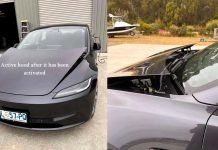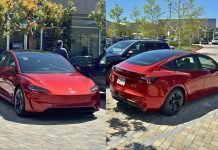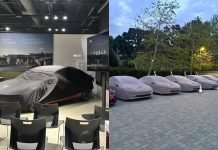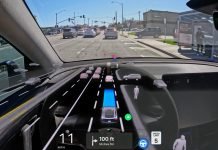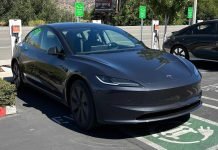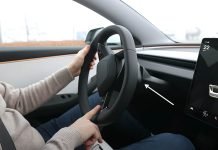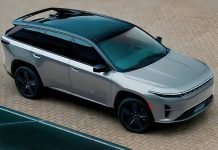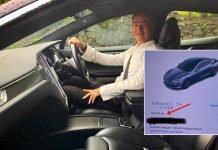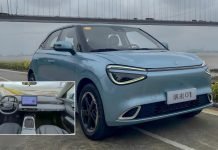In a tragic incident that has sparked widespread debate and scrutiny, a Tesla employee lost his life in a crash while reportedly using the company’s Full Self-Driving (FSD) beta software. This event has led to conflicting narratives between Tesla, its CEO, and the friends and family of the deceased, raising questions about the truth behind the use of FSD at the time of the accident.
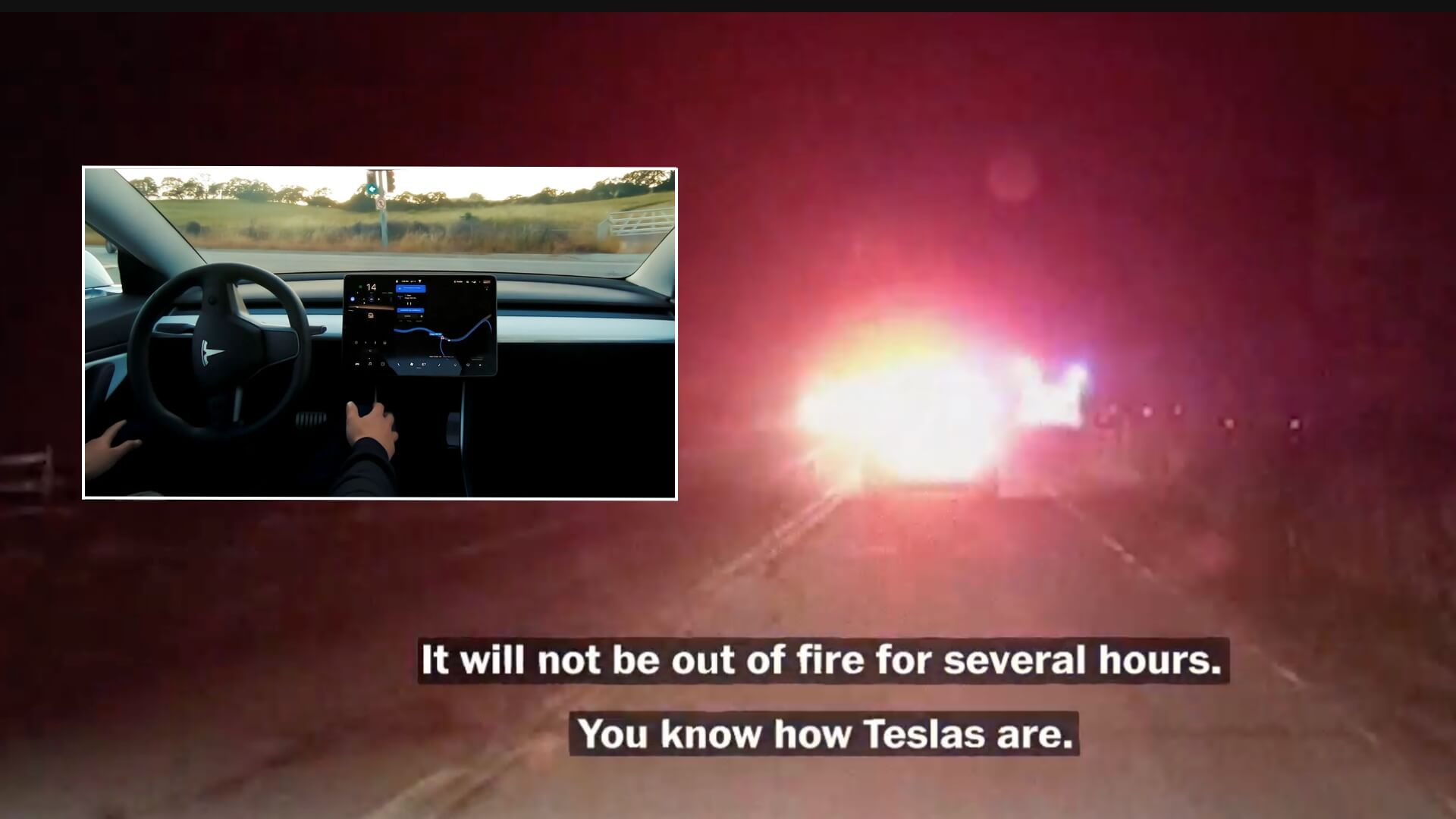
Tesla FSD Crash Incident
The crash involving a Tesla vehicle resulted in the death of an employee of the company. Initial reports suggested that the vehicle was operating on Tesla’s FSD beta software. However, the situation quickly became muddled with conflicting statements regarding whether the FSD feature was active or even installed on the vehicle at the time of the accident.
Conflicting Accounts
Following the crash, there were immediate claims that the vehicle was utilizing the FSD beta. Contrary to these reports, Elon Musk publicly stated that the FSD software had not been installed on the vehicle. This statement was further complicated by Tesla’s admission to law enforcement that it could not confirm the use of FSD due to lost logs.
He was not on FSD. The software had unfortunately never been downloaded. I say “unfortunately”, because the accident probably would not have happened if FSD had been engaged.
— Elon Musk (@elonmusk) February 14, 2024
To clarify the situation, further investigations revealed vehicle records indicating that the “Full Self-Driving Capability” was listed as “Active” and “Included” on the car. Additionally, communications from the company offered the ability to transfer the FSD capability to a new vehicle, suggesting that the software was indeed purchased.

Despite the purchase, it was argued that owning the FSD package does not necessarily mean the beta version was requested or downloaded. This distinction became a focal point, as friends, family, and a witness present during the crash testified that the deceased frequently used the FSD feature, particularly on city streets.
The Debate Over Truth
It is important to note that the individual was intoxicated at the time of the crash, a factor that undeniably contributed to the accident. This aspect, however, has not overshadowed the ongoing debate about the presence and use of FSD beta in the vehicle.
The heart of the controversy lies in the conflicting narratives. On one side, there’s the company’s claim that FSD was not downloaded or used, supported solely by statements from Tesla and its CEO. On the other, there’s compelling testimony from those close to the deceased, asserting his frequent use of the FSD beta, challenging the company’s narrative.
This discrepancy has shifted the focus from the initial concerns over the potential overreliance on FSD beta to a broader question of transparency and truthfulness from Tesla regarding its technology and its statements post-incident.
Is Tesla Lying About FSD Crash?
This incident underscores a potentially unsettling reality: that the rush to lead in the autonomous driving space may be outpacing the ethical frameworks and safety protocols necessary to govern such advanced technologies. If the accounts of the deceased’s use of FSD beta are accurate, despite official denials, it suggests a troubling disconnect between the public portrayal of these systems’ readiness and their actual operational safety.
Moreover, the incident highlights a broader issue in the tech industry: a culture that sometimes prioritizes advancement and public perception over candidness and safety assurances. This situation should serve as a wake-up call, prompting a reevaluation of how emerging technologies are deployed and communicated to the public. In the pursuit of innovation, transparency and safety must not be compromised, lest confidence in these life-changing technologies is irreparably damaged.
Missing Logs
Initially, the claim that logs were missing seemed to cast a shadow of doubt over the ability to conclusively determine whether FSD beta was active at the time of the accident. This ambiguity took a sharp turn when it was later asserted with certainty that FSD was not installed on the vehicle. This sequence of statements begs the question: How could such a definitive conclusion about the absence of FSD be reached if the logs, crucial for such an assessment, were allegedly missing?
This discrepancy fuels speculation and distrust, suggesting a possible attempt to deflect responsibility or control the narrative surrounding the use of autonomous driving technology.
Was Full Self-Driving Enabled in Deadly Tesla Crash?
The insistence that FSD was not installed, despite compelling accounts from friends and family members of the deceased who are adamant that he frequently used and demonstrated the FSD capabilities adds layers of controversy and doubt. Their testimonies challenge the official stance, painting a picture of a company potentially in conflict with the truth to protect its interests and image.
The situation becomes even more contentious when considering the timing of the crash, coinciding with the wider release of FSD Beta, and the victim’s role as a Tesla employee, which would presumably give him both access to and interest in the technology. This context makes the denial of FSD’s installation appear even more questionable.
Conclusion
The discrepancy between Tesla’s statements and documented evidence adds a layer of controversy, challenging the company’s credibility and raising serious concerns about the accountability mechanisms in place for the pioneers of autonomous driving technology. At the heart of this debate lies a fundamental question of accountability and transparency, particularly when innovative technologies have the potential to impact public safety.
Given the available information, it is difficult to conclusively determine who is right without access to unequivocal evidence or the lost logs that Tesla mentions. However, the discrepancies between Tesla’s claims and the evidence presented by external parties raise significant concerns about the transparency and reliability of the company’s communications regarding its FSD technology.
Ultimately, this situation underscores the imperative for rigorous oversight and clear, honest communication from companies at the forefront of autonomous vehicle technology. It is crucial for the industry to foster trust through transparency and accountability, ensuring that the pursuit of innovation does not overshadow the paramount importance of safety and ethical responsibility.
As the investigation continues, it is hoped that the truth will emerge, paving the way for lessons that will enhance the safety and integrity of autonomous driving technologies for all.

